How Do Solar Panels Work On A House?
No longer just a futuristic concept, solar systems have become an increasingly common sight on rooftops across the globe. They’re a testament to our evolving relationship with energy and our commitment to a sustainable future. But what exactly goes on beneath those shiny surfaces? How do solar panels work on a house and capture sunlight and turn it into electricity for our homes?
How Does Solar Energy Work?
Solar energy is a form of renewable energy that harnesses the power of the sun. The process starts with solar panels, which are typically installed on rooftops or other sun-exposed areas. These panels are made up of photovoltaic cells that capture sunlight and convert it into direct current (DC) electricity. This DC electricity is then converted into alternating current (AC) by an inverter, making it usable for most household appliances.
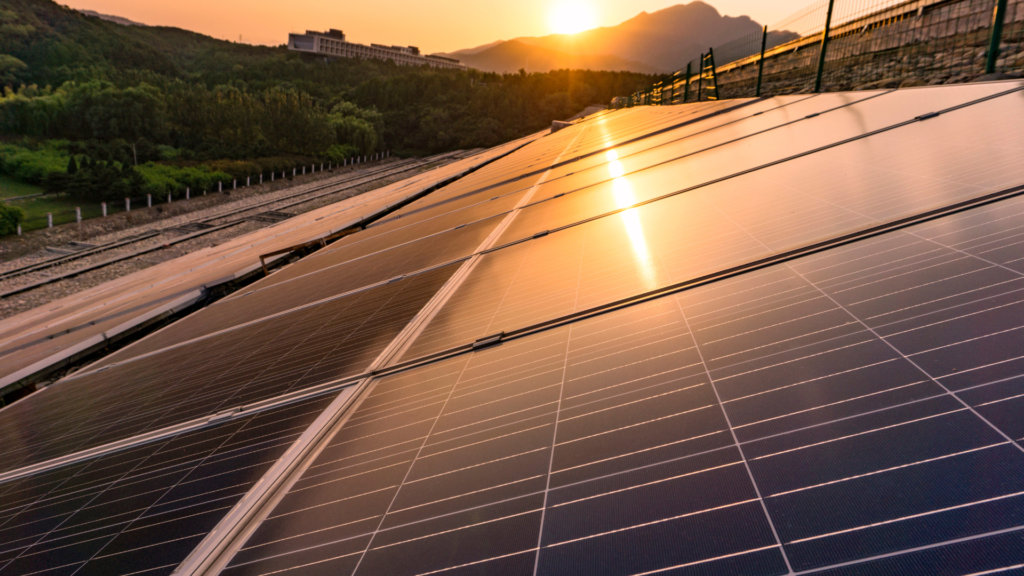
Storing Solar Power With a Solar Battery
Storing solar power with a solar battery is an essential part of maximizing the effectiveness of a solar energy system. During the day, solar panels generate electricity by converting the sun’s energy into usable power.
However, not all of this power is used immediately. The excess energy that isn’t consumed during daylight hours can be stored in a solar battery for later use. This means that even when the sun isn’t shining, you can still power your home or business with clean, renewable energy. It’s an efficient way to ensure you’re making the most out of the electricity your solar panels generate, providing a continuous and reliable power supply.
Solar Net Metering
What is net metering you ask? Solar net metering is a billing arrangement that allows homeowners and businesses to get the most out of their solar energy production. With net metering policies in place, when your solar panels produce more electricity than you use, the excess energy generated is sent back to the grid.
Your electric meter then spins backward, essentially crediting you for that power. This process allows you to offset the costs of power drawn from the utility when your system’s production is low, such as during the night or cloudy days.
Therefore, net metering not only maximizes the financial benefits of solar power but also encourages efficient use of the energy generated by solar panels.
How Does Solar Panels Work For Homes?
How do solar panels work on a house? Solar panels work for homes by utilizing the power of the sun to generate electricity. This process begins when sunlight hits the solar panels installed on your home’s rooftop.
The solar system captures the photons from the sunlight, converting them into DC electricity. This DC electricity is then fed into a solar inverter, which converts it into AC electricity that can be used to power your home appliances.
Installing solar panels is a sustainable and efficient way to reduce your energy costs, while also contributing to the global shift towards renewable energy sources like solar power.
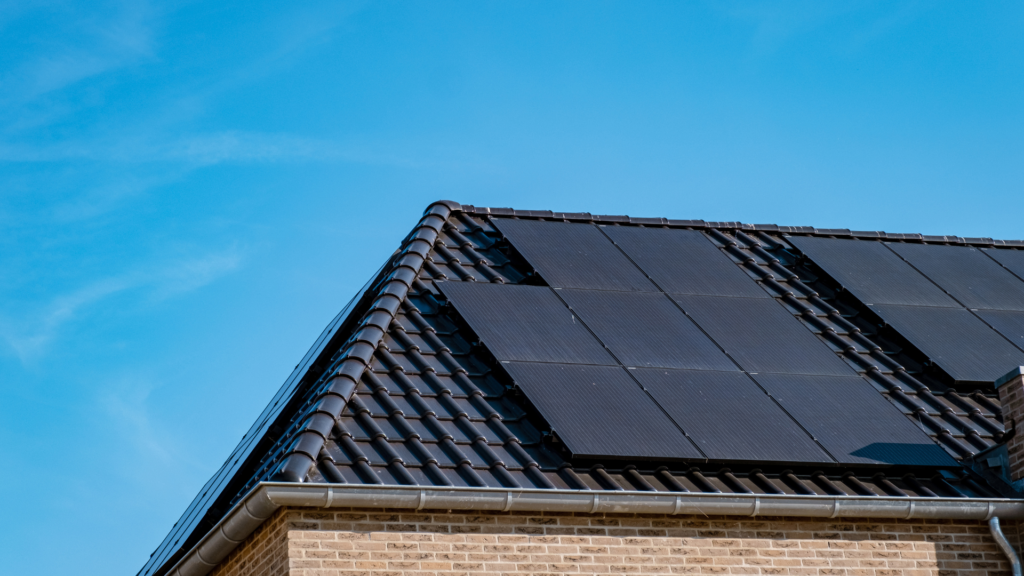
What Affects Efficiency On Solar Energy Systems
Several factors can affect the efficiency of solar energy systems. Primarily, the quality and positioning of your solar panels play a significant role. High-quality solar panels will typically convert more sunlight into electricity, hence, increasing the efficiency of the solar energy system. The angle and orientation of the panels towards the sun also influence how much solar energy they can absorb.
Additionally, environmental factors such as shading, dust, and temperature can impact the amount of solar energy that the panels capture. For example, too much shade or dust on the panels can reduce their ability to harness solar energy efficiently.
Similarly, extremely high temperatures can also lower the performance of solar energy systems. It’s crucial to consider these factors when installing and maintaining your solar energy system.
Types Of Material Used In Solar Panels
Solar panels are typically made from three main types of materials. The most common material used is silicon, which comes in two forms: monocrystalline and polycrystalline.
Monocrystalline silicon solar panels are recognized for their high efficiency and sleek black design. They are made from single crystal structure which allows electrons to flow more freely, resulting in higher efficiency. Polycrystalline silicon solar panels, on the other hand, are slightly less efficient but more affordable. These panels have a blue hue due to the multiple crystals in each cell.
The third type of material used in solar panels is thin-film, which includes several different types of photovoltaic material such as amorphous silicon (a-Si), cadmium telluride (CdTe), and copper indium gallium selenide (CIGS). Thin-film solar panels are lightweight and flexible, but they are generally less efficient than silicon-based panels.
How Many Solar Panels Does It Take To Run a House?
The number of solar panels needed to run a house varies depending on the household’s energy consumption and the location’s sunlight availability. On average, most residential solar energy system owners require 20 to 25 panels for their solar installation.
However, this figure could be higher or lower based on various factors. The solar system’s efficiency, the home’s energy usage, and local weather conditions can all influence how many panels you’ll need. Therefore, it’s essential to have a thorough evaluation of your power needs and consultation with a professional solar installer before deciding on the size of your solar installation.
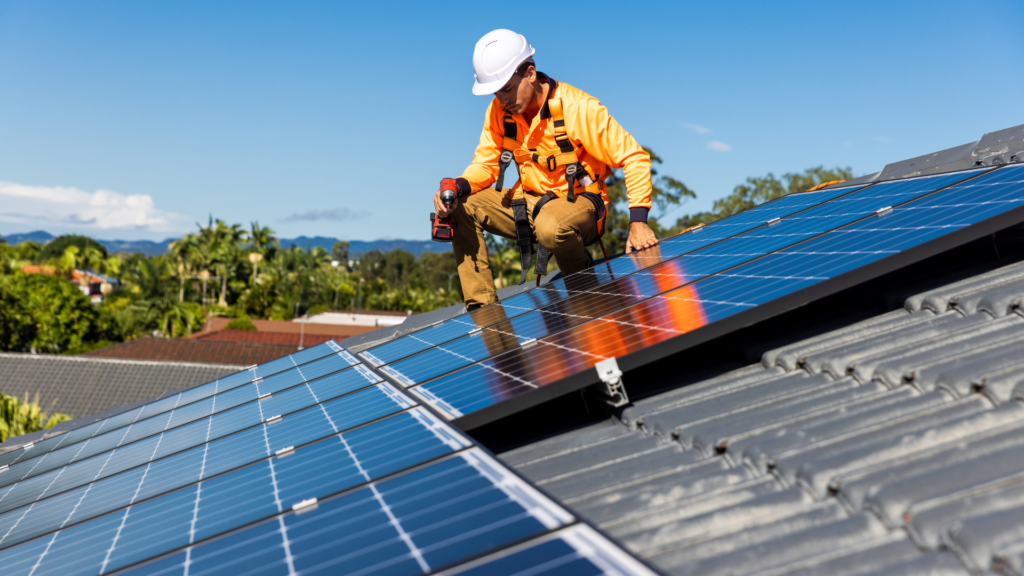
Can You Fully Power a House With Solar Panels?
However, this figure could be higher or lower based on various factors. The solar system’s efficiency, the home’s energy usage, and local weather conditions can all influence how many panels you’ll need. Therefore, it’s essential to have a thorough evaluation of your power needs and consultation with a professional solar installer before deciding on the size of your solar installation.
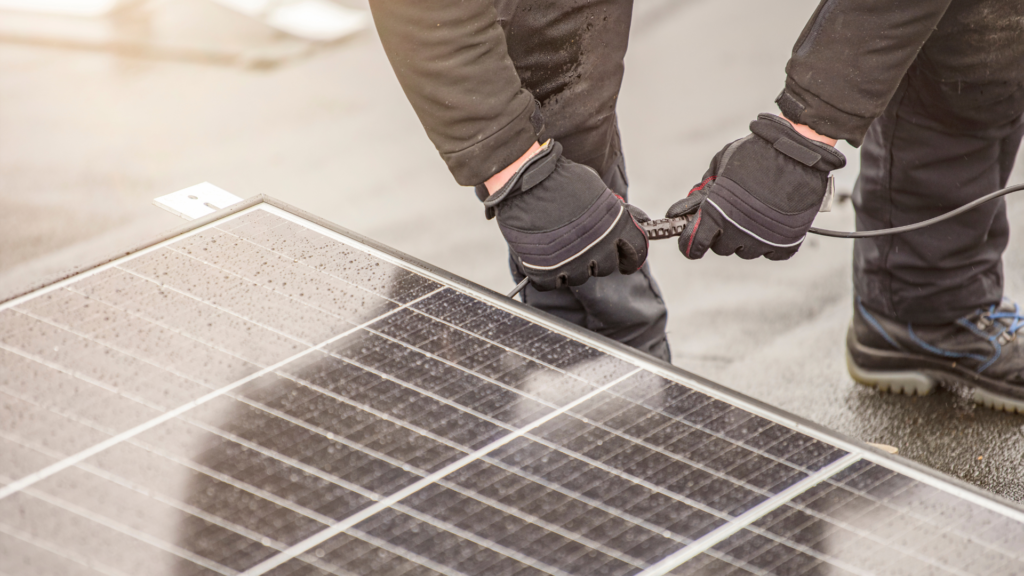
What Are The Disadvantages of Having Solar Panels on Your House?
The disadvantages of solar panels are dependent on sunlight, so they’re less effective in areas with less sunshine or during cloudy days. They also require a substantial amount of space for installation and may not be suitable for houses with small roofs
They also require regular maintenance to ensure their efficiency, which could add to their overall cost.
Do you Really Save Money With Solar Panels?
Solar panels are more than just an eco-friendly choice; they can also be a financially savvy one. While the initial investment may seem hefty, the long-term savings can indeed make it worthwhile. The exact savings depend on a variety of factors including your location, the size and orientation of your roof, and the local cost of electricity.
It’s estimated that a typical solar panel system can save homeowners between $10,000 and $30,000 over its lifetime. Furthermore, with various incentives and tax credits available in many regions, the overall cost of installation can be significantly offset
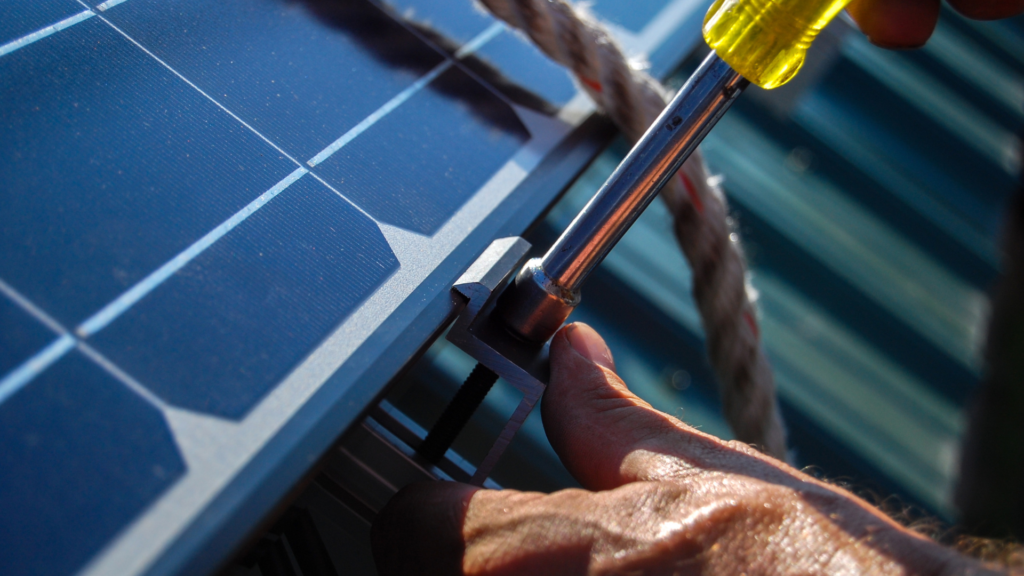
Install Solar Panels For Your Home Today!
It’s evident that understanding how do solar panels work on a house is not just intriguing, but also beneficial for homeowners seeking to make their homes more energy-efficient and eco-friendly. At Zircon Solar, we’re committed to providing you with the knowledge and tools needed to harness solar energy effectively.
Contact us today to learn more about our superior solar panel systems and start your journey towards a sustainable future. Your transition to solar is just a click away.
-
How Do Solar Panels Work On A House?
- How Does Solar Energy Work?
- How Does Solar Panels Work For Homes?
- How Many Solar Panels Does It Take To Run a House?
- Can You Fully Power a House With Solar Panels?
- What Are The Disadvantages of Having Solar Panels on Your House?
- Do you Really Save Money With Solar Panels?
- Install Solar Panels For Your Home Today!
- Save More On Your Electric Bill!
Save More On Your Electric Bill!
Get A free consultation and see how you can save with solar today!
Free Consultation